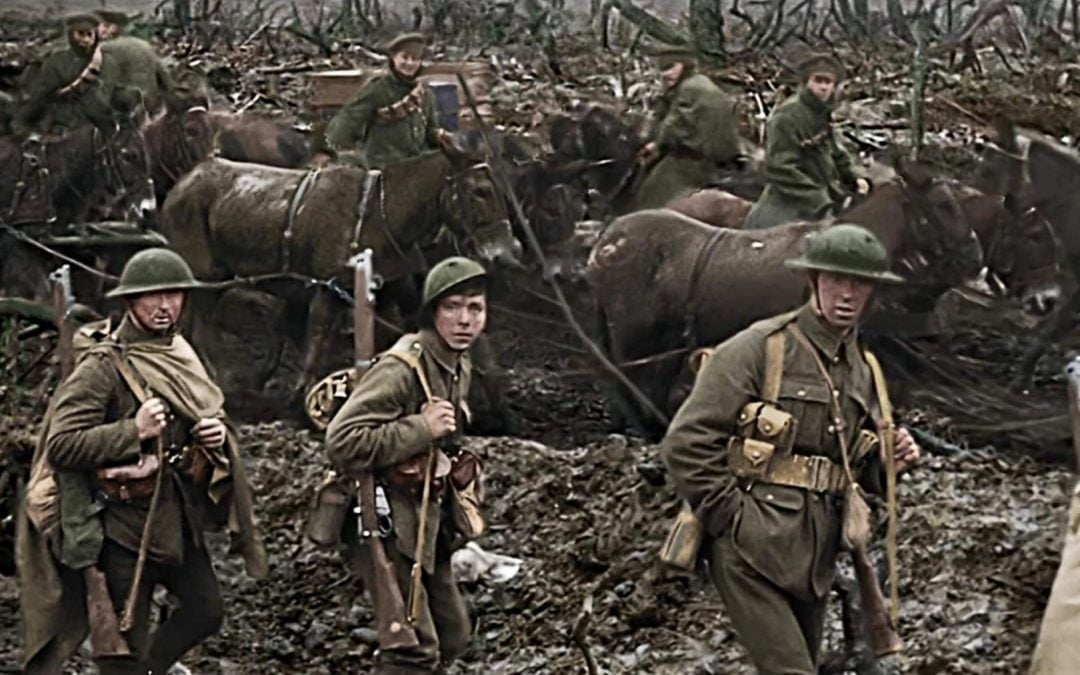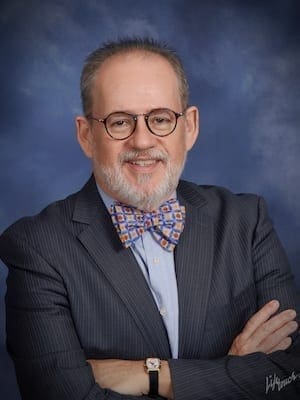Short featurettes that precede the showing of the feature film are a new trend at U.S. movie theaters.
No, it is not a Looney Tunes cartoon or a Three Stooges short, but the director coming on the screen to thank you for coming to see his or her film.
“They Shall Not Grow Old” has one of these at its beginning, but it is not just to thank you for coming. Director Peter Jackson tells the viewer how all of this came into being.
If you have not seen a trailer for this movie, it is a documentary on World War I. At the time, the war was called the “War to End All Wars.” It did not accomplish that.
Jackson comes on camera to tell us how he got involved in the making of this movie that is unlike any movie you have seen.
He was asked by the Imperial War Museum in London to take a look at the film shot during the time of the war. All of this footage was silent and in black and white.
Jackson took the footage, along with documentary footage shot in the 1960s of the oral history of those that fought in the war, to New Zealand.
There, at his Wingnut Studios he, with his technicians, started running it through their computer systems. What they came back with is nothing less than astonishing.
The movie begins with the days before the war. One of the stories told is that on the day the war was declared, the British Rugby team was scheduled to play the German Rugby team.
A decision had to be made on whether they would play the match or not. The person speaking says that they decided that the war would begin tomorrow, after the match.
We follow the troops that volunteer to fight. We hear stories like those under age who joined the army. The army would only accept those who were 19, but many joined as young as 15 by lying about their age.
No one asked for birth certificates or some form of identification before allowing them to join. One just signed his name and was in the army.
The film moves through the mustering of the army. Stories are told of how hard it was to find boots that fit. We hear about how they got their uniforms.
When basic training is done, the story moves to the battlefield. It is here that the movie becomes so haunting.
Up to this point, the film is in black and white. When the fighting begins, the screen fills with color.
We see the horror of war – once locked only in monochrome, now in vivid color. Jackson has added to the film not just color but voice. Places where there are soldiers who speak, we hear voices from their lips.
The reason for the R rating is found in these images of war – bodies mangled by bullets and bombs. We see how little dignity the dead get in a war zone.
And we hear the stories of those who witnessed the deaths of friends. They managed to walk away from the war, not as whole mentally, but whole physically.
Jackson has given us a glimpse into the past through a technology of today.
It is a masterpiece of computer imaging, which allows us to see people long since passed, alive and active.
There is another featurette at the end of the credits. In it, Jackson shows how they took the film, much of it with issues that would have made just showing it nearly impossible. Jackson tells the reason for doing this film: His grandfather was a soldier in the war.
Those that fought are dead, but Jackson says the stories need to be kept alive. This is a testament to that.
What a fantastic piece of film, which captures stories that easily could have faded like much of the film used to make it.
MPAA Rating: R for disturbing war images.
Director: Peter Jackson.
The film’s website is here.


